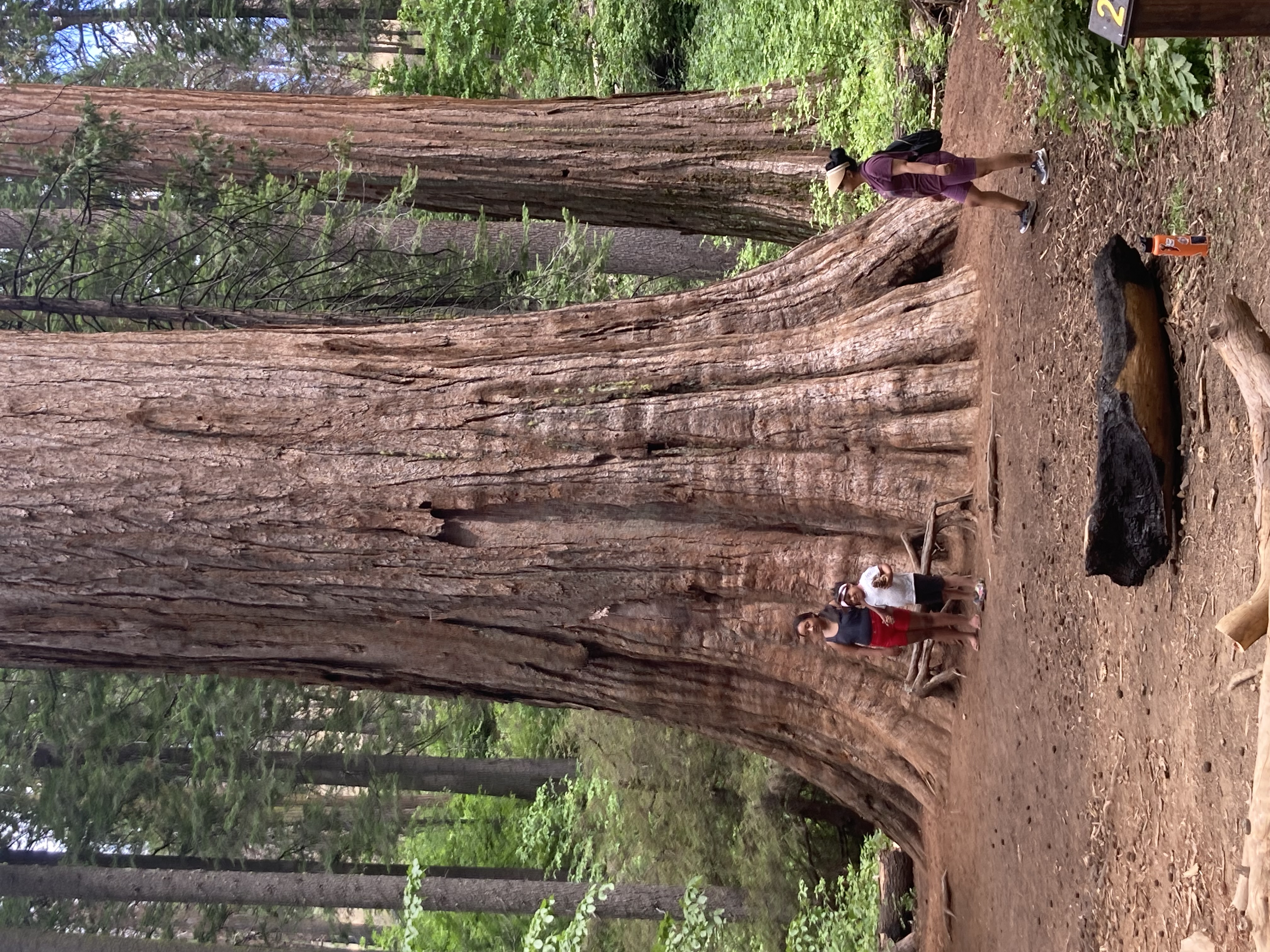Redwoods
Contact
University of Arkansas System Division of Agriculture
Cooperative Extension Service
2301 S. University Ave.
Little Rock, AR 72204

Redwoods
Mention California and most people think of movie stars. Not me. I think of trees — especially the redwoods. These majestic giants defy description and bump up against the border of believability. In fact, the “Discovery Tree,” a 25-foot-diameter Giant Redwood that was de-barked and shipped to New York City for display in 1854 was considered by many to be a fake. How could such a giant exist?
We should first establish that there are two species of redwoods growing in California: The Coastal Redwood (Sequoia sempervirens) and the Giant Sequoia or Giant Redwood (Sequoiadendron giganteum). Both species are evergreen and members of the cypress family. Though they are related, they are two very different trees with different environmental niches where they grow.
The Coastal Redwood was the first to be known by the botanical world because it occupies a narrow strip of coastline between central California and just into southwestern Oregon. These are the tallest trees in the world, routinely reaching 300 feet in height and sometimes attaining 400 or more. Their trunks are big with diameters of 6 to 12 feet, but not enormous. The Coastal Redwoods are the trees that are being cut for redwood lumber.
Julia Butterfly Hill, the environmental activist and tree sitter, attended middle school and high school in Jonesboro, Arkansas before becoming known around the world as the woman who perched in the branches of a Coastal Redwood for 738 days to stop a timber company from clear cutting a grove of trees. Her 24-square-foot platform was 200 feet above the ground on a windswept hill in northern Humbolt County. After raising $50,000 dollars to save the grove, she finally relinquished her post.
It is now illegal to cut old-growth redwoods in California. Hill’s tree-sitting exploit was in a thousand-year-old lightning-struck tree surrounded by a stand of second-growth redwoods that were being clear cut. The clear cut resulted in a landslide that destroyed homes in a nearby community. Coastal redwoods are still being harvested but it is from second and sometimes even third-growth trees.
The Giant Sequoia or Giant Redwood is found only in a narrow band on the western slopes of the Sierra Mountains from near Lake Tahoe to Yosemite National Park above 4,500 feet. This was once a widespread tree during the Jurassic period (145 to 200 million years ago) with trees occurring as far east as Colorado and into Europe and parts of Asia. As the climate cooled and became drier, the natural range shrank to what it is today. With our current period of environmental warming, its range continues to shrink. The 2020 fires in the Sierras are estimated to have killed around 15 percent of the existing Giant Redwoods.
The Giant Redwoods are true giants, with trunks 20 to 25 feet across. Their height is less than the Coastal Redwoods, seldom exceeding 250 feet. But because of their girth, individual trees contain more board feet of lumber. However, all that weight resulted in splintered wood when the trees were felled and the brittle nature of the wood made it a poor choice for logging. This is the species they carved out so you could drive your Model A Ford through the trunk.
The Giant Redwood has foot-thick bark that helps protect it from fire while the Coastal Redwood has more modest bark thickness because fires are less important in a coastal zone. Fires are needed for Giant Redwood reseeding because it helps release the seed from the cone and seedlings need full sun and mineral soil to establish themselves.
Giant redwoods are finding a niche in the forest industry in Europe. The trees grow fast and it turns out that young trees produce a wood similar in nature to the Coastal Redwood. Both Coastal and Giant Redwoods are common landscape trees in European cities where their great height can be seen extending above the city skyline like church steeples. They can be planted in other parts of the United States but do best in areas with cooler climates. The capitol grounds in Washington, D.C. sports specimens of both species.
